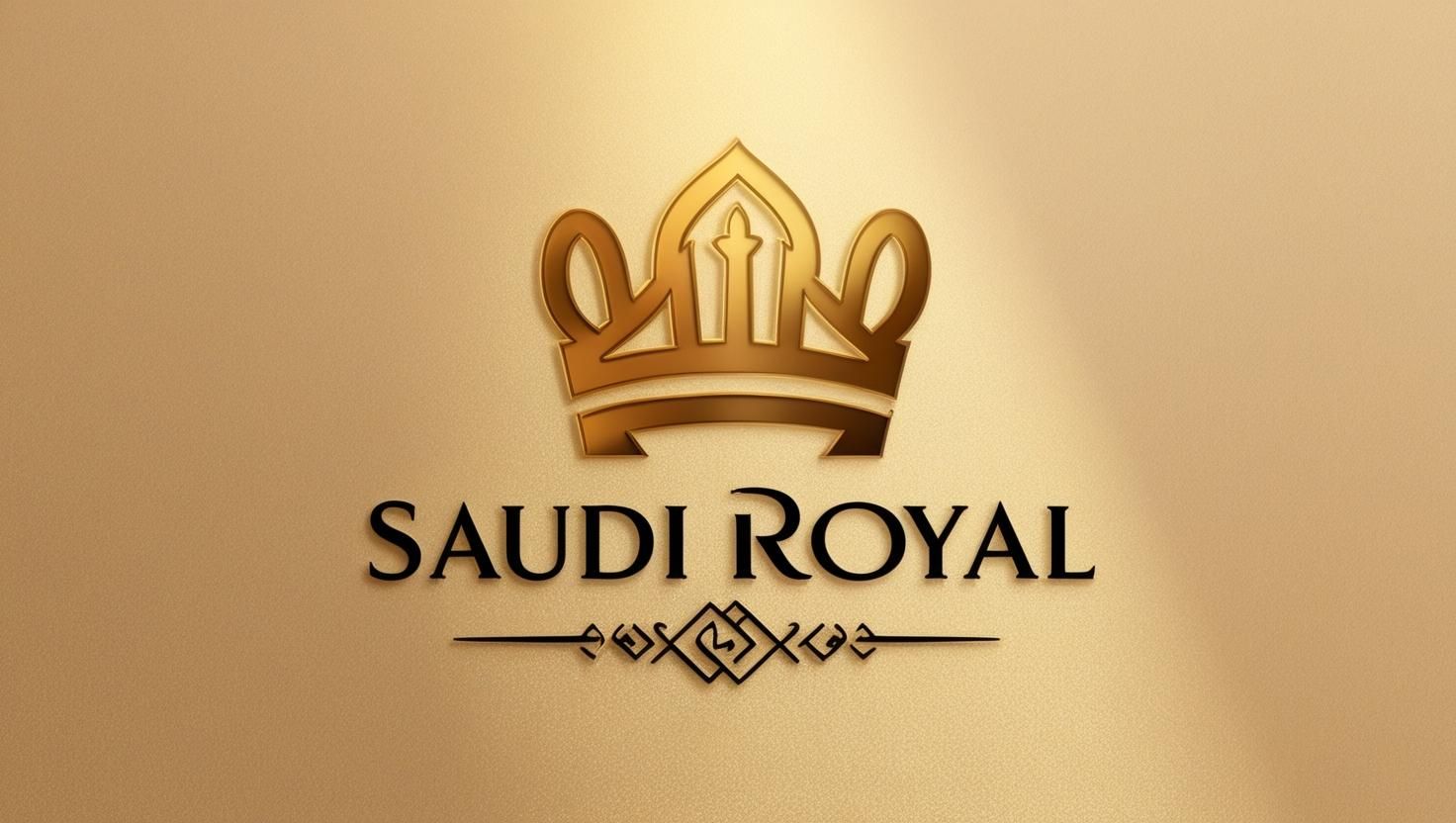A Comparative Guide: Saudi Royal vs. Other Cultural Luxury Brands
Exploring the World of Luxury Brands
The realm of luxury brands is vast and varied, encompassing a wide range of cultures and histories. Among these, Saudi royal luxury brands stand out with their unique blend of traditional craftsmanship and modern elegance. In this comparative guide, we explore how these brands stack up against other cultural luxury brands from around the globe.
Luxury brands often reflect the cultural heritage and craftsmanship of their origins. For instance, Saudi royal brands are deeply rooted in the rich traditions of the Arabian Peninsula, offering products that exude opulence and sophistication. Meanwhile, European luxury brands often highlight their centuries-old heritage and meticulous attention to detail.

Saudi Royal Luxury Brands
Saudi royal luxury brands are renowned for blending traditional Arabian aesthetics with contemporary design. These brands often feature intricate patterns, luxurious fabrics, and precious materials that pay homage to the region's history. The use of gold and gemstones is prevalent, adding an element of exclusivity and grandeur to their offerings.
Moreover, Saudi luxury brands emphasize sustainability and ethical sourcing, aligning with global trends toward conscious consumerism. They often collaborate with local artisans, ensuring that traditional craftsmanship is preserved and celebrated. This commitment to authenticity makes these brands highly appealing to discerning customers worldwide.

Comparing with European Luxury Brands
European luxury brands, such as those from France and Italy, have long been synonymous with elegance and sophistication. These brands often boast a rich heritage, with many having been established centuries ago. They are known for their exceptional quality and timeless designs that have influenced global fashion trends.
While both Saudi and European luxury brands prioritize quality, their design philosophies differ significantly. European brands typically focus on minimalism and understated elegance, while Saudi brands embrace boldness and extravagance. This contrast highlights the diverse expressions of luxury across cultures.
Asian Luxury Brands: A Rising Force
In recent years, Asian luxury brands have emerged as significant players in the global market. These brands often draw inspiration from their rich cultural heritage, incorporating traditional motifs and techniques into modern designs. As a result, they offer a fresh perspective on luxury that resonates with a contemporary audience.

Asian luxury brands are also known for their innovative use of technology and materials. By integrating cutting-edge advancements with traditional craftsmanship, they create unique products that stand out in the competitive luxury landscape.
The Importance of Cultural Identity in Luxury
One of the most compelling aspects of luxury brands is their ability to convey cultural identity. Saudi royal luxury brands, in particular, excel at this by integrating elements of Arabian culture into their designs. This approach not only appeals to local consumers but also attracts international buyers seeking distinctive and culturally rich products.
Similarly, other cultural luxury brands leverage their heritage to create meaningful connections with their audience. By celebrating their roots, these brands offer products that are not just luxurious but also tell a story, adding depth and value to their offerings.

Conclusion: A Global Tapestry of Luxury
In conclusion, the world of luxury brands is as diverse as the cultures they represent. Saudi royal luxury brands offer a unique perspective with their fusion of tradition and modernity, standing alongside other cultural luxury brands that each bring their distinctive flair to the industry. This rich tapestry of global luxury provides consumers with a wealth of choices, each offering a unique experience that transcends mere material value.
